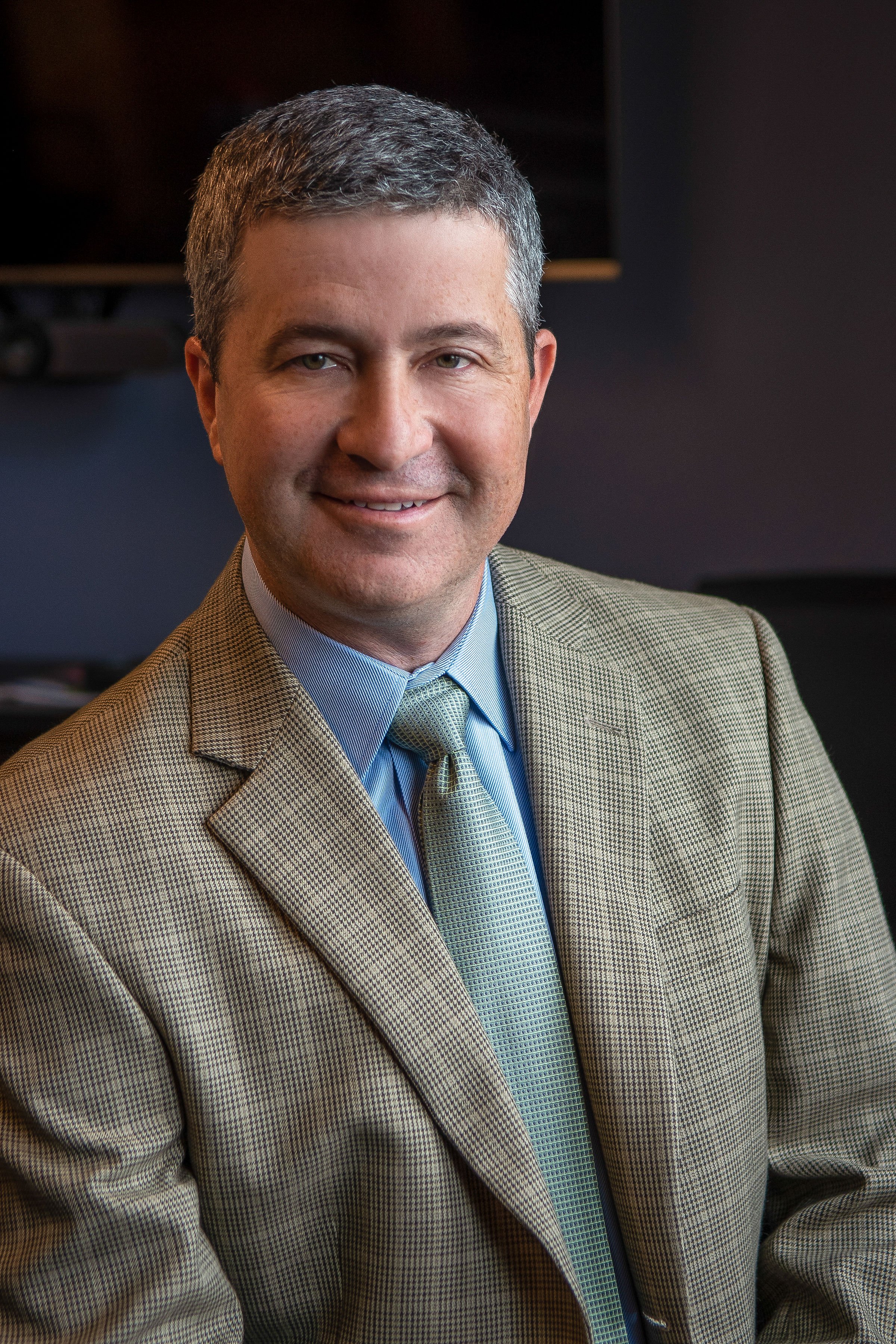Back to K Session Agenda
Defining Project Success
Lydia R. Ward
Bryan Dick
Freese and Nichols, Inc.
Winston-Salem, North Carolina
Authors: Lydia R. Ward, PE and Bryan M. Dick, PE, PhD
The natural environment is a dynamic system that is continually adjusting over time in response to anthropogenic and natural occurrences. In fluvial systems, there are two different design approaches. The first includes designs that focus on rigidity to hold the solution in place long-term, which typically include harder materials such as concrete, sheet pile, articulated block, etc., while the second approach provides solutions that adapt and adjust to the natural river system, in some cases providing longer-term stability than a rigid approach. The second approach is often referred to as bioengineering, and includes components such as soil layer lifts, vegetation, woody debris, and other natural elements. Many practitioners have moved towards recommending these bioengineering solutions for increasingly complex and larger riverbank repair projects. However, a critical component of this approach is often left out: communicating the adaptable nature of the solution to clients and the public in order to manage expectations about how the riverbank repair or restoration will look and function in the future. Thus, when moving forward with a bioengineered solution, it is important to effectively communicate the flexible nature of the solution and gain clear understanding from clients and the public that that shifts in the riverbank repair are likely to occur and that adaptive management is an acceptable approach to deal with these expected changes. This presentation will focus on how to define success when discussing project outcomes with a client and the public.
About Lydia R. Ward
Lydia Ward is a project engineer with Freese and Nichols in water and natural resources projects, focusing specifically stream restoration, bank stabilization, bioengineering, stormwater, erosion control, ecological restoration design, channel stability analysis, streambank stabilization and geomorphic assessments. She has more than 7 years’ experience providing a wide variety of technical services, including stormwater design, river stability assessments, H&H assessments, large-scale stormwater modeling, ecological engineering, stream restoration design, project management, erosion control design and permitting, and watershed assessments.
About Bryan Dick
Bryan Dick is an Freese and Nichols Associate, Ecological Engineering/Geomorphology Practice Lead and Hydrologist. During his 25+ years of experience, he has led the design, management and implementation of a variety of stream restoration, wetland restoration and water resources projects including watershed studies/assessments, H&H design and analysis, stormwater management and permitting, and BMP/remediation design. He has completed 450,000+ feet of stream restoration and bank stabilization design and construction and worked as a riverbank stabilization/restoration Technical Lead and Engineer-of- Record on some of the larger contaminated river sites in the U.S. and. Also, Bryan served as the Project Manager or Technical Lead for several thousand miles of watershed/stream geomorphic assessments. His broad background has proven to be a strong asset in managing multidisciplinary teams of scientists and engineers. From the experience of working on a wide variety of projects throughout the country, Bryan brings innovative solutions to complex river and watershed challenges.


